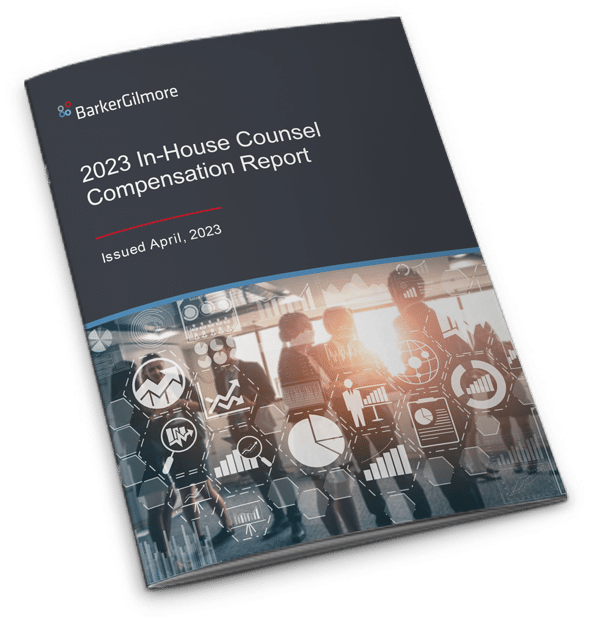In my last year as a general counsel of a large public company, we were embroiled in a complicated international transaction that required tax advice under time pressure. I reached out to our corporate law firm and asked for a call to recommend options the following day.
Shortly before the call, I received a 10-page, single-spaced memorandum laying out, in great detail, the comparative tax regimes, a recitation of the several deal structures we were contemplating, the tax outcomes under each structure, and a conclusion that made no recommendations.
What I was expecting was a short call, but what I got was a document I did not ask to receive. That memorandum cost the firm about 20 hours of billable time and my company over $10,000. I declined to pay for it.
Variations of this anecdote play out often, judging by wide reporting about client frustration with the law firm relationship. The disconnect between what clients actually want and what law firms decide to deliver has contributed to lowering barriers to entry in the legal marketplace. Increasingly, companies are seeking alternatives to the traditional law firm from nontraditional or disruptive sources. Until law firms focus on understanding and incentivizing their lawyers to focus on “value” as their clients see it, their relationships will become increasingly unstable.
Value Priorities
What does value mean to each stakeholder? For clients, value is the achievement of desired outcomes plus exceptional service. For clients, value is not necessarily derived from individual lawyers but through results that often are achieved through teams. For most law firms, value is based entirely on activity, with the core unit of measurement being the billable hour. The billable hour, as a measure of value, drives how law firms engage with their clients and themselves.
Firms’ equation of activity with value is inward looking rather than focused on long-term relationships with clients. In fact, most law firms conduct the client relationship based on their own financial, organizational and political needs. Such a self-focused approach would be an anathema to the most successful corporate enterprises that ask what the customer wants first.
This misalignment in how value is sought will continue until the fundamental problem of the billable hour is addressed. Law firms are addicted to the billable hour as the basis for rewarding performance and as the core measurement for compensation, which only reinforces the disconnect with their clients.
Unsurprisingly, the centrality of the billable hour to the law firm business model explains the resistance to change. Firms can’t turn on a dime when long-standing practice is so dependent on the billable hour as a measure of value delivered.
Why does the use of the billable hour as a core unit of compensation conflict with how clients view value? Paying lawyers on the basis of activity alone, without regard to outcomes or service, is inconsistent with client objectives. Clients don’t value how many hours a lawyer worked on a matter but whether the quality of the advice was good, provided a clear course of action, and was delivered in a desirable way.
If the client is satisfied, the number of hours worked probably makes little difference in his or her view of the value delivered. If the client is dissatisfied, the hours billed will always be too many. (Consider the significant write-offs of receivables law firms make every year based on client objections.)
The annual nature of billable-hour goals perversely incentivizes lawyers to focus on short-term revenue goals rather than the long-term health of the firm or client satisfaction. With annual goals, lawyers necessarily focus on the current period and may leave for another day a strategic view of how to grow business with existing or new clients. Client relationships don’t start and end within a year term but rather are cemented through years of work. In the past, clients tended to stick with the same law firm relationships. But with new alternatives in the marketplace, client stickiness is diminishing. No law firm should take business for granted.
‘Eat What You Kill’ Model
Finally, let’s focus on the “eat what you kill” model, a compensation scheme employed by many firms. This model is often justified as an “objective” way to reward merit—another example of an inward focus. But this approach is not designed to encourage collaboration and service in the interests of firm clients.
In this model, there is little incentive to collaborate without “credit,” and rewards focus on individual lawyers rather than teams. While lawyers provide service to clients without getting origination credit, this model privileges the originator. For the typical client, the end result of a firm effort is what matters, not who the billing partner is.
The fact that the firm output is not necessarily from the billing partner is not material, as long as the work is good. Why, then, should the client value the fact that the billing partner in this scenario gets the build of the origination credit?
Law firms should rethink how to reward performance in a way that better aligns with their clients’ interests and, therefore, long-term firm health. This is a difficult proposition that requires a major shift in thinking about law firm compensation structures.
Where Can Law Firms Start?
Firms can look to their corporate clients who have clear compensation philosophies to reward employees and executives consistent with long-term strategic goals focused on client satisfaction. In ideal states, corporate clients tie a portion of incentive and fixed compensation to the long term.
Many companies use customer allegiance and retention as core compensation goals. Many also use a mix of fixed and at-risk compensation measured over years that’s designed to balance between short-term and long-term performance goals. Firms can also look to other professional firms that have moved away from fees based on time.
Although there are different market dynamics, audit firms and investment banking firms offer possible models. The latter of these makes significant investments in client relationships that are not tied to annual revenue goals.
Should firms look to adopting key performance indicators that tie to how clients determine value, a few may make sense, such as these:
-
- annual-earnings-per-partnership-share goals to focus on short-term revenue;
- growth in the percentage of new clients in the short and long term (i.e., clients who have given no business in the past five years);
- a growth in the percentage of repeat business from existing clients (i.e., what companies call “share-of-wallet”); and
- client satisfaction scores using a combination of survey data and “share-of-wallet;” etc. The growth in client business is a good indicator that clients see value in the law firm relationship and can contribute to stickiness. Although difficult, law firms could award variable compensation based on these key performance indicators (not billable-hour goals) with a creation of a compensation pool. A compensation pool has the great potential of tying firm strategic goals more clearly to individual lawyer goals and reinforcing core firm values by whatever indicators are chosen.
These are difficult propositions with no easy answers. Firms would have to take a hard look at their structures and lawyer expectations for compensation borne out of years of conditioned behavior.
But when the alternative is a rapidly shrinking share of the market handed over to nontraditional and disruptive competitors, or to frequent shopping by clients, what choice do law firms have but to shed their complacency and consider a new paradigm for aligning with clients who now have many options?
Connect with a legal recruiting advisor
* indicates required fields






